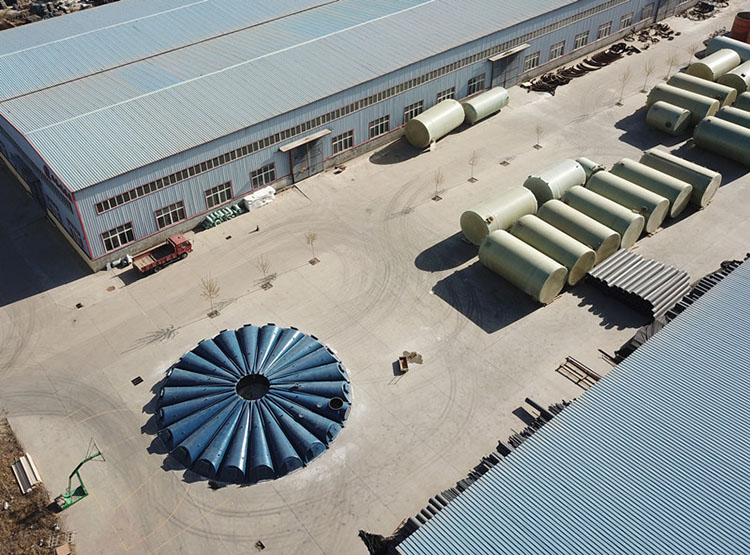
-
 Afrikaans
Afrikaans -
 Albanian
Albanian -
 Amharic
Amharic -
 Arabic
Arabic -
 Armenian
Armenian -
 Azerbaijani
Azerbaijani -
 Basque
Basque -
 Belarusian
Belarusian -
 Bengali
Bengali -
 Bosnian
Bosnian -
 Bulgarian
Bulgarian -
 Catalan
Catalan -
 Cebuano
Cebuano -
 China
China -
 China (Taiwan)
China (Taiwan) -
 Corsican
Corsican -
 Croatian
Croatian -
 Czech
Czech -
 Danish
Danish -
 Dutch
Dutch -
 English
English -
 Esperanto
Esperanto -
 Estonian
Estonian -
 Finnish
Finnish -
 French
French -
 Frisian
Frisian -
 Galician
Galician -
 Georgian
Georgian -
 German
German -
 Greek
Greek -
 Gujarati
Gujarati -
 Haitian Creole
Haitian Creole -
 hausa
hausa -
 hawaiian
hawaiian -
 Hebrew
Hebrew -
 Hindi
Hindi -
 Miao
Miao -
 Hungarian
Hungarian -
 Icelandic
Icelandic -
 igbo
igbo -
 Indonesian
Indonesian -
 irish
irish -
 Italian
Italian -
 Japanese
Japanese -
 Javanese
Javanese -
 Kannada
Kannada -
 kazakh
kazakh -
 Khmer
Khmer -
 Rwandese
Rwandese -
 Korean
Korean -
 Kurdish
Kurdish -
 Kyrgyz
Kyrgyz -
 Lao
Lao -
 Latin
Latin -
 Latvian
Latvian -
 Lithuanian
Lithuanian -
 Luxembourgish
Luxembourgish -
 Macedonian
Macedonian -
 Malgashi
Malgashi -
 Malay
Malay -
 Malayalam
Malayalam -
 Maltese
Maltese -
 Maori
Maori -
 Marathi
Marathi -
 Mongolian
Mongolian -
 Myanmar
Myanmar -
 Nepali
Nepali -
 Norwegian
Norwegian -
 Norwegian
Norwegian -
 Occitan
Occitan -
 Pashto
Pashto -
 Persian
Persian -
 Polish
Polish -
 Portuguese
Portuguese -
 Punjabi
Punjabi -
 Romanian
Romanian -
 Russian
Russian -
 Samoan
Samoan -
 Scottish Gaelic
Scottish Gaelic -
 Serbian
Serbian -
 Sesotho
Sesotho -
 Shona
Shona -
 Sindhi
Sindhi -
 Sinhala
Sinhala -
 Slovak
Slovak -
 Slovenian
Slovenian -
 Somali
Somali -
 Spanish
Spanish -
 Sundanese
Sundanese -
 Swahili
Swahili -
 Swedish
Swedish -
 Tagalog
Tagalog -
 Tajik
Tajik -
 Tamil
Tamil -
 Tatar
Tatar -
 Telugu
Telugu -
 Thai
Thai -
 Turkish
Turkish -
 Turkmen
Turkmen -
 Ukrainian
Ukrainian -
 Urdu
Urdu -
 Uighur
Uighur -
 Uzbek
Uzbek -
 Vietnamese
Vietnamese -
 Welsh
Welsh -
 Bantu
Bantu -
 Yiddish
Yiddish -
 Yoruba
Yoruba -
 Zulu
Zulu
frp underground tank
The Significance of FRP Underground Tanks in Modern Infrastructure
In the realm of modern infrastructure, the importance of effective storage solutions cannot be overstated. Fiberglass Reinforced Plastic (FRP) underground tanks have emerged as a revolutionary option for various storage needs, including water, chemicals, fuels, and waste products. With their unique composite structure, FRP tanks offer numerous advantages over traditional materials such as steel or concrete. This article explores the significance, benefits, and applications of FRP underground tanks in today's world.
Composite Structure and Durability
FRP tanks are constructed from a combination of fiberglass and resin, resulting in a lightweight yet incredibly strong material. This composite structure allows for high resistance to corrosion, UV degradation, and temperature fluctuations. Unlike steel tanks, which are prone to rust and corrosion when exposed to certain chemicals or water, FRP tanks maintain their integrity over time. This durability not only prolongs the lifespan of the tanks but also minimizes maintenance costs, making them a cost-effective choice in the long term.
Environmental Benefits
One of the critical advantages of FRP underground tanks is their reduced environmental impact. Traditional storage solutions, particularly those made of metal, often pose risks of leakage and contamination. The non-porous nature of fiberglass minimizes the potential for permeation and leaks, safeguarding groundwater and surrounding ecosystems from hazardous materials. Additionally, the lightweight design of FRP tanks requires less energy for transportation and installation, further reducing their carbon footprint.
Versatility and Customization
FRP underground tanks can be tailored to fit a wide array of applications. They are commonly used for the storage of chemicals, fuels, potable water, and waste materials, catering to the needs of various industries, including agriculture, construction, and manufacturing. The customization capabilities of FRP allow for different shapes, sizes, and configurations, making it possible to design tanks that meet specific site requirements and storage capacities. This versatility is particularly beneficial in areas with space constraints or unique geological conditions.
frp underground tank

Safety Features
Safety is paramount in the handling and storage of potentially hazardous materials. FRP underground tanks are designed with multiple safety features to mitigate risks. For instance, many FRP tanks come equipped with secondary containment systems that provide an additional layer of protection against leaks or spills. The inherent non-reactive nature of fiberglass also ensures that the stored materials do not interact negatively with the tank structure, reducing the likelihood of chemical reactions that could lead to accidents.
Installation and Cost Efficiency
The installation process for FRP underground tanks is generally quicker and less labor-intensive compared to traditional options. Their lightweight nature simplifies transportation to the site and reduces the need for heavy equipment during installation. Moreover, the long-lasting nature of FRP tanks contributes to overall cost savings, as the need for periodic replacements and extensive maintenance is greatly diminished.
Regulatory Compliance
As environmental regulations become increasingly stringent, industries must ensure compliance with local and national standards regarding the storage of hazardous materials. FRP underground tanks often meet or exceed these regulations, making them a reliable choice for businesses looking to adhere to legal requirements while simultaneously enhancing their sustainability practices.
Conclusion
In summary, FRP underground tanks represent a significant advancement in storage technology, combining durability, environmental friendliness, versatility, and safety. As industries continue to prioritize sustainability and compliance with regulatory standards, the adoption of FRP tanks is likely to grow. The future of infrastructure, particularly in terms of safe and efficient storage solutions, is undoubtedly intertwined with the innovative capabilities of fiberglass reinforced plastic. As we progress into an era that increasingly values responsible resource management, FRP underground tanks will play a vital role in shaping a robust and sustainable future for both industries and communities alike.









